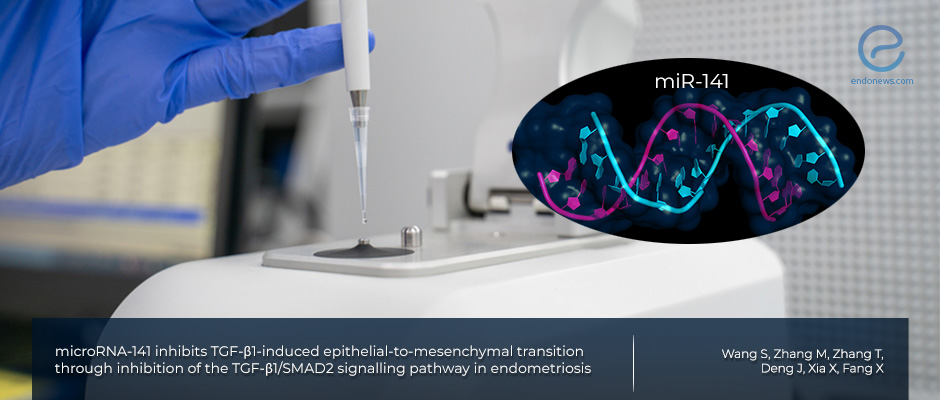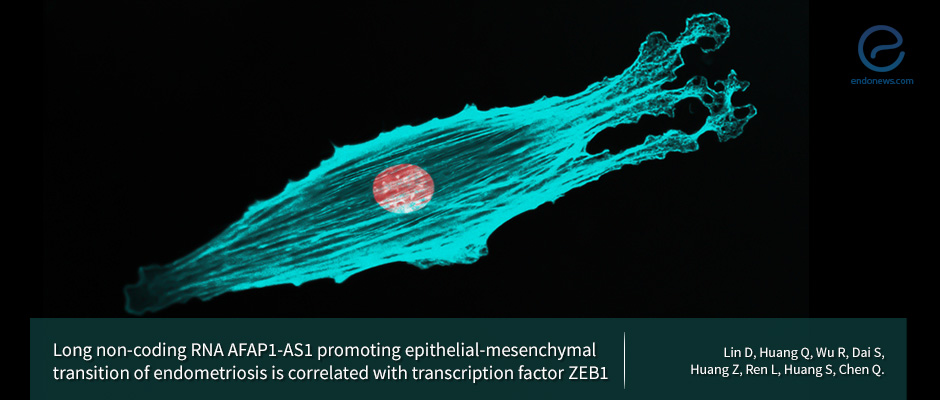Role of miR-141 in endometriosis
MicroRNAs (miRNAs) are short (18–24 nucleotides) endogenous non-coding RNAs that regulate a broad range of signaling pathways. They bind to specific sequences resulting in mRNA degradation and protein inhibition. Deregulation of miRNAs is associated with the development of many disease…
Key Points Lay SummaryEarly Developmental Gene May Play a Role in Endometriosis
An early developmental gene called twist may encourage the connective tissue cells of the lining of the uterus to change from being epithelial to being mesenchymal, so-called epithelial to mesenchymal transition (EMT). Mesenchymal cells play important roles in biological processes…
Key Points Lay SummaryLong non‐coding RNA, Epithelial mesenchymal transition, and Endometriosis
Endometriosis is an estrogen‐dependent inflammatory gynecologic disease and requires attention. However, an in‐depth understanding of the latent pathogenesis of endometriosis development and its new innovative therapeutics are urgently needed. Epithelial‐mesenchymal transition (EMT) refers to the special biological process of epithelial…
Key Points Lay SummaryCould the Sleep Hormone Treat Endometriosis?
Melatonin blocks cell proliferation, invasion, and migration in both normal and endometriotic epithelial cells, according to a study published in the scientific journal Reproductive Biology and Endocrinology. Melatonin could, therefore, be a potential treatment for endometriosis The formation and progression…
Key Points Lay SummaryCommentary on major developments in the pathophysiology of endometriosis
This commentary article by Dr. Warren G. Foster, from MacMaster University, Canada that appeared at Biology of Reproduction, is highly valuable for its leading role in endometriosis research. Although endometriosis is a common disease affecting up to 10% of women,…
Key Points Lay SummaryA potential indicator of invasive endometriosis.
Furuya & Masuda et al., in their recent article that will be published in Acta Obstet Gynecol Scand, report that the protein encoded by ZEB1 gene (Zinc finger E-box-Binding homeobox) is a potential indicator of invasive endometriosis. ZEB1 is a transcription factor that has been implicated…
Key Points Lay Summary
 By Nadire Duru
By Nadire Duru

 By Özge Özkaya
By Özge Özkaya

 By Dr. Youngran Park
By Dr. Youngran Park


 By Nasuhi Engin Aydin
By Nasuhi Engin Aydin

 By Asli Bahadirli Talbott
By Asli Bahadirli Talbott